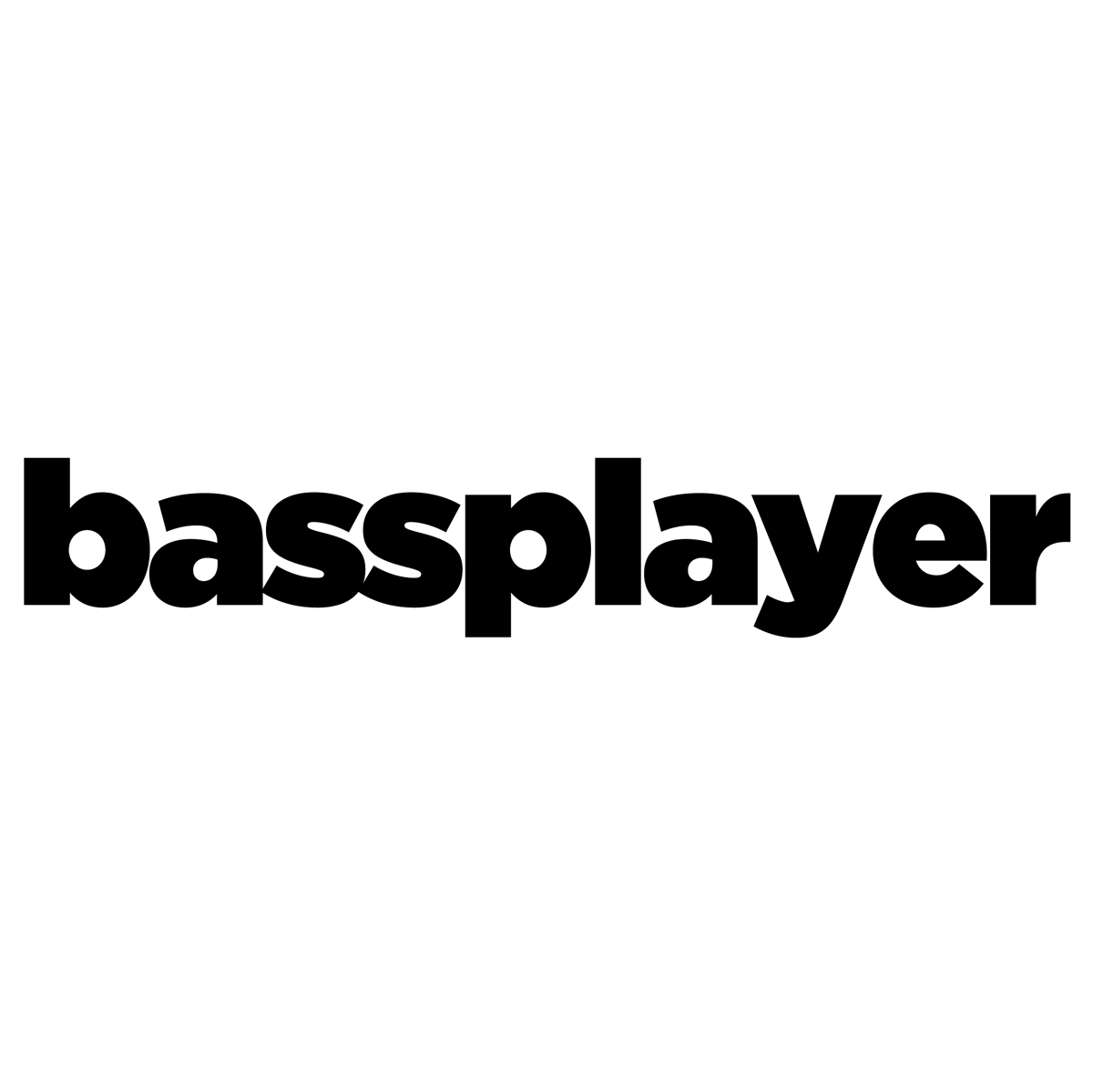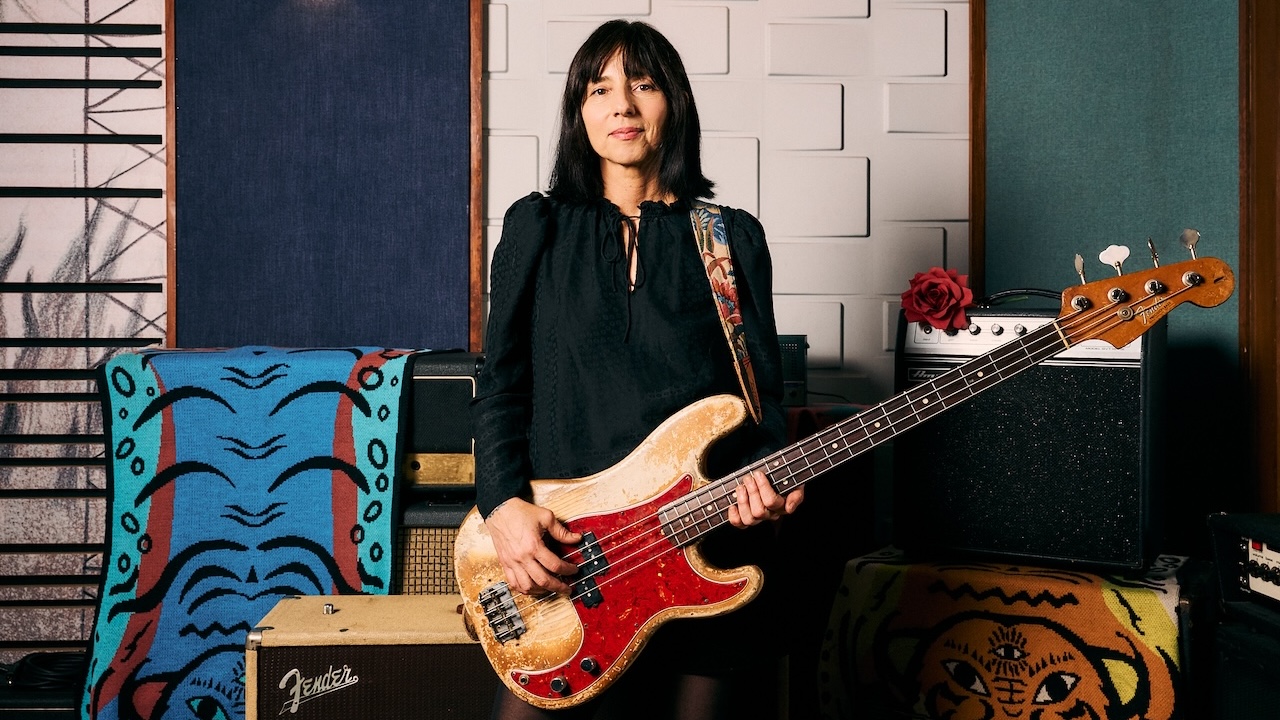Musical director and bassist Adam Blackstone reveals how the spectacular Super Bowl 60 half-time show came together
Carefully directing sets by J-Lo and Shakira for 100 million sports fans, while playing bass at the same time... Tough gig
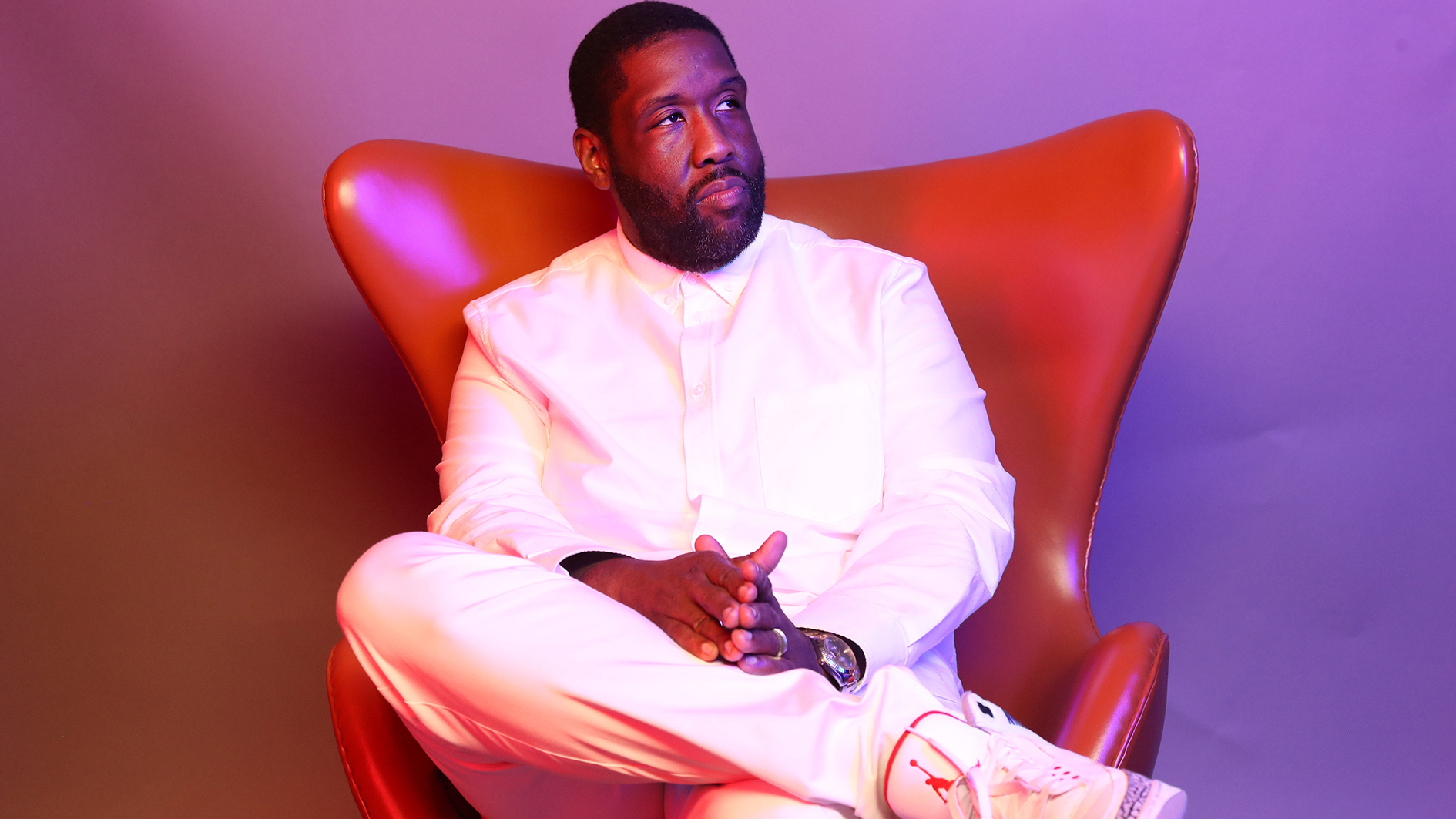
2020's Super Bowl took place in Miami Gardens, Florida, on February 2, a couple of months before the world shut down for the foreseeable future – and while most of the nine-figure audience were focused on the result of the game, a certain bassist was paying attention to the half-time show.
Readers familiar with the annual football event won’t need to be told how massive it is, so much so in fact that the halftime performance has passed into popular culture as a celebratory event of its own. Name a stadium-sized band, and they’ve probably played the Super Bowl at some point.
Last year, the show featured two headliners, Jennifer Lopez and Shakira, and the musician entrusted with getting the music for their 15-minute performance right was Adam Blackstone, whose job as Shakira’s bassist was essentially his easiest role on the day.
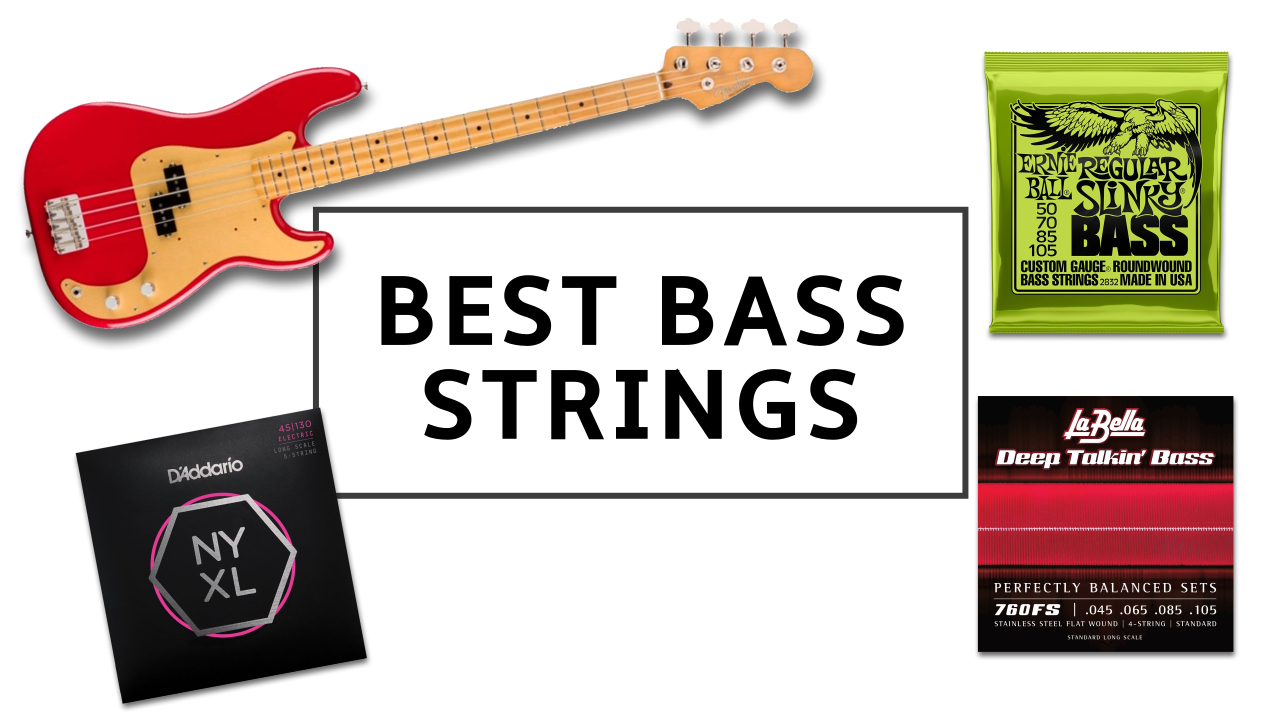
An accomplished MD with previous form at the Super Bowl with Justin Timberlake’s appearance in 2018, Blackstone was nominated for an Emmy for Musical Direction, his second such honor.
If you didn’t see the show, you might want to watch it on YouTube before you read on. Performed at maximum intensity and with microsecond accuracy, the two headline sets are a flurry of visual and musical activity, with lighting, choreography, and a full-scale pyrotechnic production all operating at warp speed.
In this brain-frying environment, most of us would have trouble hitting a triangle on time, but Blackstone had to control and monitor the entire musical ensemble... While playing bass guitar at the same time.
Adam, the scale of this event is hard to comprehend.
All the latest guitar news, interviews, lessons, reviews, deals and more, direct to your inbox!
“My goodness, yes – the preparation alone was far greater than any of the playing, if I can be honest. We were on approximately Edit 60 by the time the Super Bowl actually happened. Just imagine learning the same song, 60 different ways! In some versions we’d take the bridge out, in some we’d leave the bridge in, shorten the chorus four bars, put them back in, add the intro, remove the intro... It was crazy.”
How did you prepare for the gig?
“Around Thanksgiving of 2019, I got the call to be the MD of the show. Both ladies have their own respective teams, who are so great, but the NFL and the production company called me and the ladies chose me as their common MD.
“So I flew to Barcelona right away to sit with Shakira, because she had just done a major international soccer event – like the Super Bowl of soccer – so she was already in the vibe for what she felt could work. She and Jennifer were very, very involved.”
That rehearsal process is very time-aligned, because the football teams have to get on the field as well. It’s not like we can just camp out at the stadium, because they have to practise
It must have been difficult to engage such a huge audience.
“I tried to enthuse the NFL viewer with what I thought they would respond to. You gotta remember, we were literally forcing a concert in the middle of a ball game – so we had to get in there, hit hard and get out of there, making a lasting impression in a very small amount of time.”
Did you get to run through the show beforehand?
“We did. That rehearsal process is very time-aligned, because the football teams have to get on the field as well. It’s not like we can just camp out at the stadium, because they have to practice.
“We couldn’t get in there with our instruments while they’re throwing footballs around. In the week leading up to the Sunday game, they scheduled us for two hours each day for a few days.”
There was a three-second change-over between Shakira and Jennifer Lopez. That’s a pretty tight schedule.
“Haha! Yes, it is. Because of the lack of change-over time, my job was to make it one seamless show. I had to bring fans of both Shakira and J-Lo into this rollercoaster ride, as well as intrigue people who might not be fans of those artists.
“That way we’d have one truly great show that would allow the two ladies to show their superpowers, and have it in one single setting.”
It sounds impossible.
“The Super Bowl show is what we call a catalog show, and it’s only 13 or 14 minutes long, so doing that with one artist – as I did with Justin Timberlake – is already a task, because his catalog spans 20 years. Now imagine splitting that time down the middle with two legends, and trying to make both sets of fans feel like they didn’t miss anything.”
Shakira being in Spain for a while, and J-Lo shooting a movie in New York while the production people were in L.A. made things very interesting. Everybody was on a non-stop schedule
Everything was so finely synched together. For example, at one point in her set, Shakira kicked her foot out and a ton of fireworks went off at that exact moment.
“Everything was timed out, and that’s where a great, strong team comes into play, because a lot of the lighting directors and pyrotechnics people come to our off-site rehearsals and study the movements of the artist and the band.
“They build production around that, just like me doing a bass slide or a drummer hitting a crash cymbal exactly where it’s supposed to be. All of the departments were recognized in the Emmy nominations.”
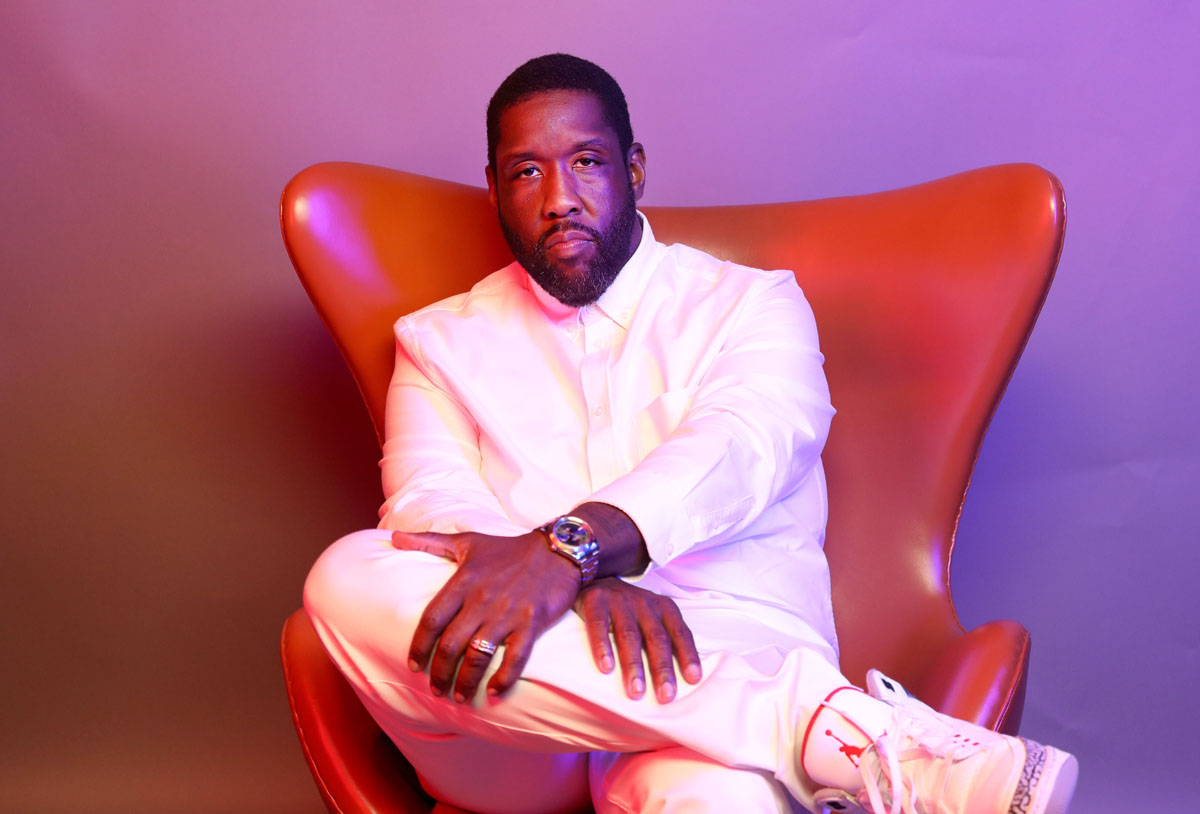
At one point, Shakira did some crowd-surfing. Tell me the people holding her up weren’t just random members of the crowd?
“No. For that specific 11-second section, we definitely used stage hands and other people that we background-checked, so we knew they wouldn’t get too crazy with our star girl.”
Presumably everything starts with the music you arrange, and then the other teams work off that?
“Absolutely. There’s a lot of pressure on me to deliver sketches and rough mixes, because the whole show moves off of how the music is tracked. I was prepared from having done the Justin show, but dealing with two headliners was very interesting.”
Did that mean you had to get two lots of approvals for everything?
“Exactly! Fortunately most of my ideas were welcomed right away, although with some of them, they asked to see alternate versions. It was an ongoing thing, for sure.
“Shakira being in Spain for a while, and J-Lo shooting a movie in New York while the production people were in L.A. made things very interesting. Everybody was on a non-stop schedule.”
I like to play low on the bass, to establish the chord and the pocket, and to establish the rhythm with my drummer. I also like to set the tone and the dynamics of the song
What was the role of your bass playing through all this?
“The bass was the foundation. It always is, for me. I don’t plan to be a big solo guy; I like to play low on the bass, to establish the chord and the pocket, and to establish the rhythm with my drummer. I also like to set the tone and the dynamics of the song. People think the percussion does that, but I think the bass has a very similar role.
“If I’m playing mezzopiano, or whole notes, or rolling to the front pickup to give it more of a round sound, that’s how my band is going to play as well.
“It establishes the intensity of what’s going on, and with a show like the Super Bowl, you don’t have a long time to do that, so you have to show the dynamics very quickly in order to tell your story.”
Was the bass played live, and if so, did you have a backing track ready just in case?
“Yeah. We did a prerecord of a rehearsal as a safety, but it was all us playing. If something goes down, like someone trips over a power cord or something, we need to have that safety – and if we have to use it, then it’s still a track of us playing.”
![[L-R] Shakira and Jennifer Lopez](https://cdn.mos.cms.futurecdn.net/zYoDD85P2NznNBL4QajtDf.jpg)
When you’re playing bass and being the musical director at the same time, how do you do it? Do you split your brain in half?
“I’d say I split my brain in quarters, haha! The role of an MD, for me, is about learning everybody’s part. I have to be able to tell my background singers ‘Hey, we’re gonna go to a three-part harmony here’ or tell my horn players ‘This line is two eighths and a quarter, not two quarters’ or I have to tell my engineers and my programmer and my playback, ‘Start this song on beat three’.
“As an MD, playing your own instrument is almost secondary: You worry more about the artist and their vibe and whether they’re connecting with the music.
“After all that, then you worry about your own instrument, because by that time, I’ve lived with this music long enough that I can play my part pretty easily. I’m listening to everybody else through my in-ears, but I hire people that I trust so that I don’t have to hone in on any one specific instrument.”
Eventually I want to do the Oscars and the Tony Awards and other huge shows, and this Emmy nomination puts me into consideration for those events
What bass gear do you use?
“I’ve been a Gallien-Krueger guy for 15 years now, they’ve been great for me. I use a 1001RB amp with a 4x12 cab. That configuration works perfectly with the kind of music that I play. Those boxes are so durable and light. I have a custom Fender Ultra Deluxe Jazz five-string, which is so incredible – I love the tone and the feel.
“Mine has a birdseye maple neck and all gold hardware. I have a Japanese Performance Jazz bass as a backup. I use all EBS pedals, because they’re so clean and they don’t disrupt your bass tone, Black Diamond strings, and a Korg keyboard for synth bass.”
What does an Emmy nomination mean?
“The biggest thing is that your hard work is recognized. Eventually I want to do the Oscars and the Tony Awards and other huge shows, and this nomination puts me into consideration for those events.
You’ll probably get called to do the next Olympics.
“Ah, I would love that, man. God willing, I’ll do a couple of ’em!”
Bass Player is the world’s most comprehensive, trusted and insightful bass publication for passionate bassists and active musicians of all ages. Whatever your ability, BP has the interviews, reviews and lessons that will make you a better bass player. We go behind the scenes with bass manufacturers, ask a stellar crew of bass players for their advice, and bring you insights into pretty much every style of bass playing that exists, from reggae to jazz to metal and beyond. The gear we review ranges from the affordable to the upmarket and we maximise the opportunity to evolve our playing with the best teachers on the planet.
